Top 8 Most Extraordinary Discoveries About Dinosaurs In 2021
On average, paleontologists have found more than 45 new dinosaur species every year since 2003. The pace of discovery is staggering, and during this golden age of paleontology, scientists are transforming our understanding of the prehistoric world, according to National Geographic.
When it came to dinosaur discoveries, 2021 did not disappoint. Researchers investigated how many Tyrannosaurus rex individuals ever existed, documented the longest dinosaur on record and described several stunning new dinosaur species.
Scientists also have a more refined sense of what a dinosaur “species” actually is. Paleontologists once gave the name Iguanodon to fossils that spanned tens of millions of years. Re-evaluations now show that Iguanodon is really multiple species, including a new one unveiled in November. What’s more, technology is allowing scientists to make astounding discoveries about known dinosaurs—including details about their scaly skin, their digestive and reproductive tracts, their cellular structure, their social displays, and even how some nested in polar regions. The combined results reveal just how diverse and strange these prehistoric animals really were.
Here are top 8 amazing discoveries about dinosaurs in 2021.
1. Armored Dinosaur Swung an Unusual Tail
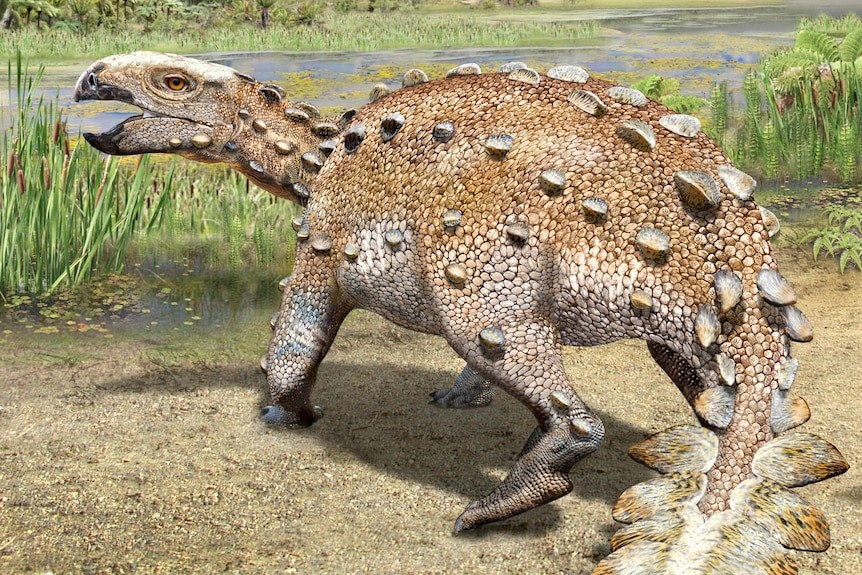 |
| Stegouros elengassen was small relative to other armoured dinosaurs.(Reuters: Mauricio Alvarez) |
Between 75 and 72 million years ago in what is now Chilean Patagonia, the carcass of a stubby-tailed dinosaur somehow ended up buried in a river delta, where the fine sediments exquisitely preserved the bones as they fossilized.
By dinosaur standards, this creature wasn’t huge. As it walked about on all fours, it stood less than two feet tall and spanned less than seven feet long, snout to tail. But it was a tough little animal in a world of giants. The dinosaur had armor-studded skin to defend itself—and a unique weapon bringing up the rear.
The end of this creature’s tail was unlike anything scientists have seen before: a mass of fused bone resembling a jagged cricket bat. “It’s entirely unprecedented,” says Alexander Vargas, a paleontologist at the University of Chile.
The fossil skeleton, unveiled today in the journal Nature, belongs to a newly discovered type of armored dinosaur called Stegouros elengassen. The creature is named for its bizarrely shingled “roof tail” (Stegouros) and an armored beast in the mythology of the Patagonian Aónik’enk people (elengassen).
Beyond its novel weaponry, Stegouros also fills in a major evolutionary gap. According to University of Maryland paleontologist Tom Holtz, who wasn’t involved with the study, very few armored dinosaurs have been found within the lands that once made up Gondwana, the ancient supercontinent that’s now split up across South America, Africa, Antarctica, Australia, the Indian subcontinent, and the Arabian Peninsula, according to National Geographic.
2. Morocco’s “punk-rock” dinosaur with bizarrely spiky ribs
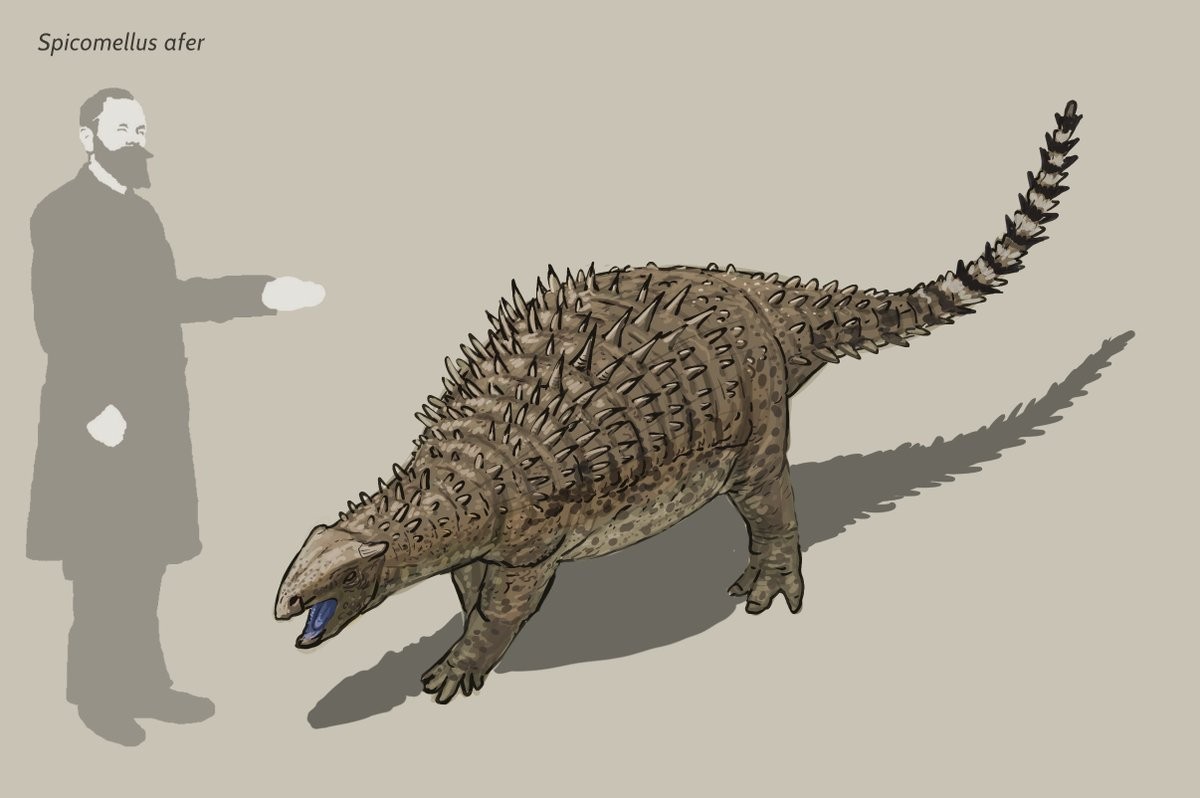 |
| Photo: Prehistoric Wiki - Fandom |
Between 168 million and 164 million years ago, a strange reptile trundled through what is now northern Morocco: a creature with large spikes sticking out of its ribs and protruding from its skin.
The only known fossil belonging to this animal, unveiled in Nature Ecology and Evolution in September, is a single rib fragment with four spikes, measuring about 10.5 inches long. Based on the fossil’s shape and size, researchers strongly suspect it belonged to a type of armored dinosaur called an ankylosaur. The dinosaur’s name is Spicomellus afer, after the Latin for “spike,” “collar,” and “an inhabitant of Africa.”
Spicomellus is the oldest known ankylosaur and the first found in Africa. It’s also a creature with no known analogue, living or dead. “If you feel your own ribs, there’s muscles over the top of them that allow your arms to move,” says Susannah Maidment, the paleontologist at London’s Natural History Museum who led the research on Spicomellus. “What were they doing with their muscles when their ribs clearly had spikes above the skin?”
Spicomellus ended up in the U.K. museum through the legally complex commercial trade in Moroccan fossils. After passing through the hands of several Moroccan wholesalers, the rib bone reached Moussa Direct, a U.K.-based fossil dealer that sold the specimen to the museum.
Initially museum staff thought the bone was part of the Moroccan stegosaur Adratiklit, since it came from the same area in the country’s Atlas Mountains. But Maidment and her colleagues soon realized that the fossil belonged to something new—making it much more significant. The Natural History Museum then established an agreement with Sidi Mohamed Ben Abdellah University in Fez, Morocco, to research the fossil together.
3. Fuzzy Dinosaur From Brazil Stirs Ethics Debate
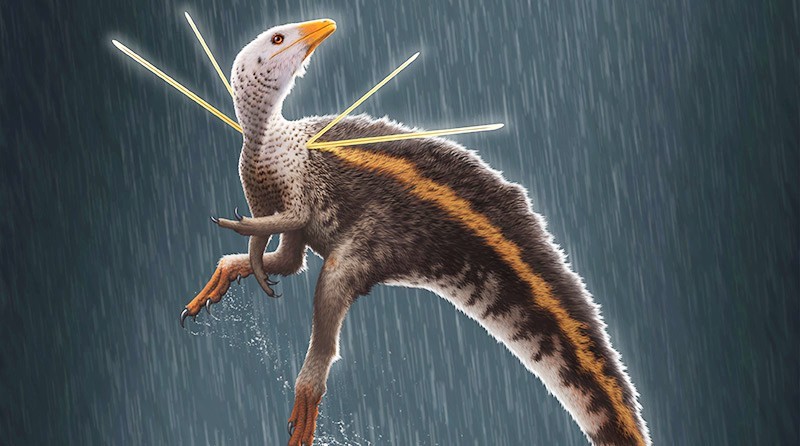 |
| Photo: Reddit |
Late in 2020, an international team of paleontologists described an unusual new dinosaur from Brazil named Ubirajara jubatus that was housed at a German museum. This feathery dinosaur was the first of its kind to be found with ribbon-like protofeathers growing out from its shoulders. But the bigger issue is how a fossil from Brazil came to be ensconced in Germany, far from the dinosaur’s home country. There are conflicting accounts of how the fossil was exported from Brazil, which may have been illegal, and the #UbirajaraBelongstoBR campaign on social media has put pressure on the State Museum of Natural History Karlsruhe to repatriate the fossil. The museum has refused to do so, with the decision intensifying the ongoing debate and arguments over colonialism in paleontology.
4. Tyrants Once Dominated Their Environments
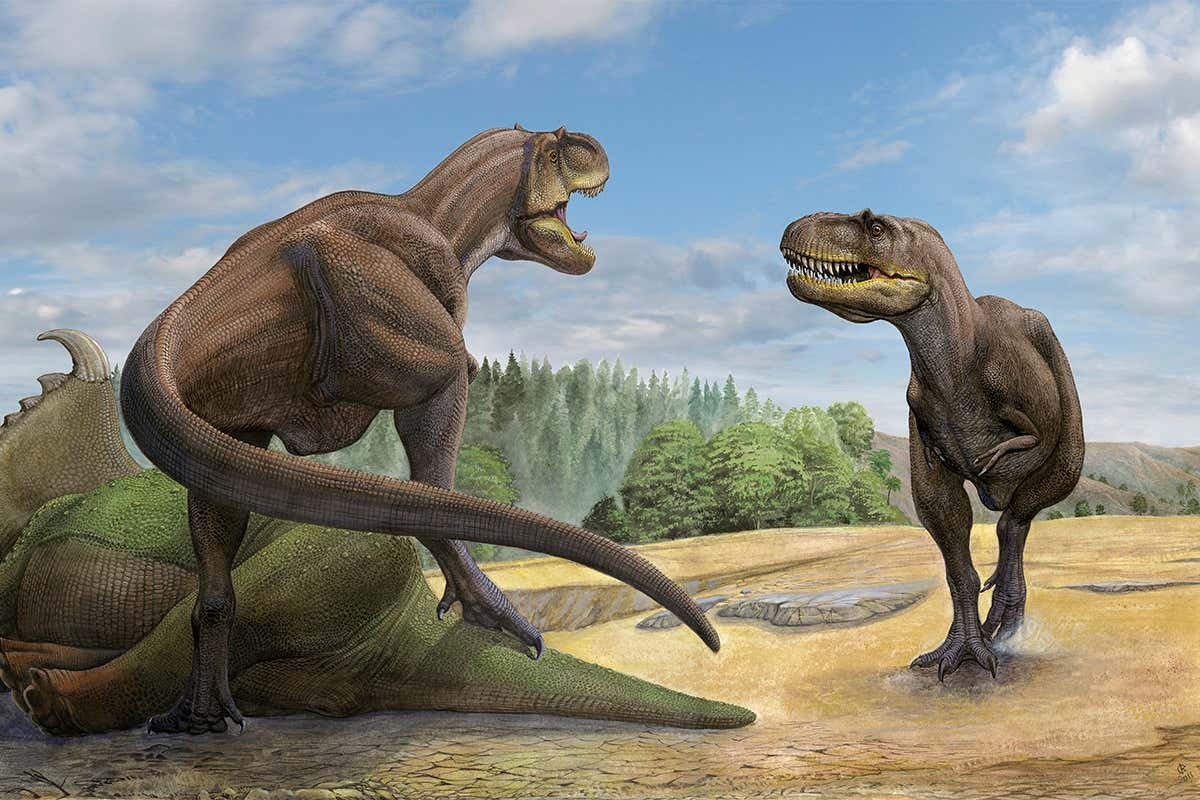 |
| A Teratophoneus dinosaur defends its prey from another Stocktrek Images, Inc. / Alamy |
Tyrannosaurs may have been just as tyrannical as their name implies. Multiple studies published in 2020 and 2021 have underscored the same conclusion, that large tyrannosaurs—like T. rex itself—shouldered out their carnivorous competition by changing dramatically as they aged. While young tyrannosaurs were lithe and only capable of hunting small prey, a teenage growth spurt turned the meat-eaters into huge, bone crushing predators. In this way, a single species like T. rex or Gorgosaurus could fill multiple niches in the same habitat with young and juvenile animals taking up the roles that would normally be filled by other small species of carnivore.
Like other tyrannosaurids, Tyrannosaurus was a bipedal carnivore with a massive skull balanced by a long, heavy tail. Relative to its large and powerful hind limbs, the forelimbs of Tyrannosaurus were short but unusually powerful for their size, and they had two clawed digits. The most complete specimen measures up to 12.3 meters (40 feet) in length, though T. rex could grow to lengths of over 12.3 m (40 ft), up to 3.96 m (13 ft) tall at the hips, and according to most modern estimates 6 metric tons (6.6 short tons) to 8 metric tons (8.8 short tons) in weight. Although other theropods rivaled or exceeded Tyrannosaurus rex in size, it is still among the largest known land predators and is estimated to have exerted the strongest bite force among all terrestrial animals. By far the largest carnivore in its environment, Tyrannosaurus rex was most likely an apex predator, preying upon hadrosaurs, juvenile armored herbivores like ceratopsians and ankylosaurs, and possibly sauropods. Some experts have suggested the dinosaur was primarily a scavenger. The question of whether Tyrannosaurus was an apex predator or a pure scavenger was among the longest debates in paleontology. Most paleontologists today accept that Tyrannosaurus was both an active predator and a scavenger.
Specimens of Tyrannosaurus rex include some that are nearly complete skeletons. Soft tissue and proteins have been reported in at least one of these specimens. The abundance of fossil material has allowed significant research into many aspects of its biology, including its life history and biomechanics. The feeding habits, physiology, and potential speed of Tyrannosaurus rex are a few subjects of debate. Its taxonomy is also controversial, as some scientists consider Tarbosaurus bataar from Asia to be a second Tyrannosaurus species, while others maintain Tarbosaurus is a separate genus. Several other genera of North American tyrannosaurids have also been synonymized with Tyrannosaurus.
5. Australia’s biggest known dinosaur
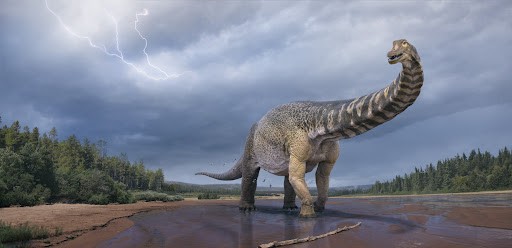 |
| Photo: Sci-News.com |
Queensland paleontologists have announced the discovery of Australia’s largest dinosaur, named ‘Australotitan’ and coming in at a whopping 6.5 metres tall and up to 30m in length.
The fossil remains of the new species of giant sauropod, which lived during the Cretaceous period, were discovered in Eromanga in south-western Queensland in 2006.
It took the Eromanga Natural History Museum 15 years to excavate the bones. They initially had no idea what they’d unearthed.
“The first bone that we prepared was the humerus and it was 1.5m,” says Queensland Museum palaeontologist Dr Scott Hocknull. “That’s an enormous bone, so we knew it was bigger than the guys in Winton but we weren’t sure if it was a new species.”
Not only was it a new species, palaeontologists say it may be among the top five biggest dinosaurs the world has ever seen.
“If you were going to use a sporting analogy you’d say we’ve hit the big leagues now,” Scott says. Previously, Australia was only known for its small to mid-size dinosaurs.
Titanosaurs, a type of sauropod, had only been unearthed in South America and are known to be the largest ever land-dwelling animals.
6. Scientists Discover Baby Dinosaur Fossils in the Arctic
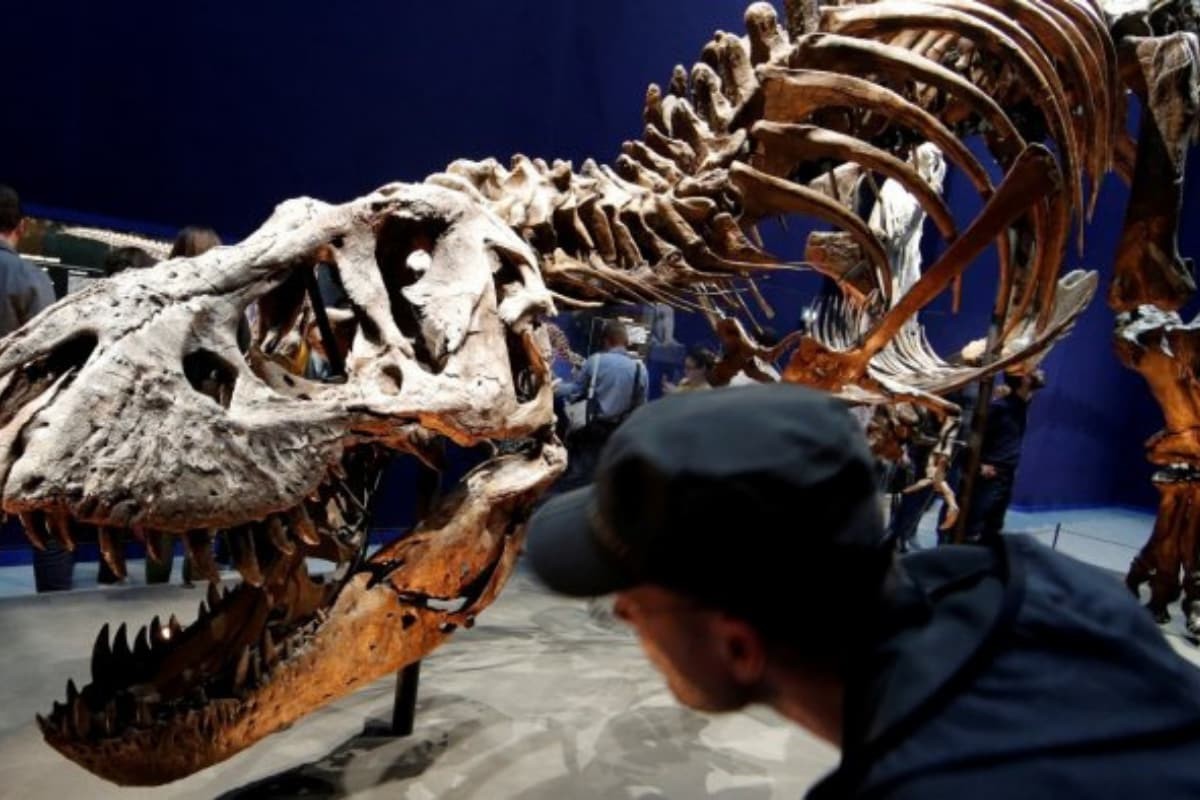 |
| Photo: News18 |
Paleontologists have known that dinosaurs lived within the Arctic Circle for decades now, but whether or not those dinosaurs stayed year-round has remained a difficult question to answer. A set of embryonic and very young dinosaurs uncovered from Alaska’s North Slope helps resolve the debate. Paleontologists have found tiny bones and teeth from embryonic and hatchling dinosaurs that lived in the Cretaceous Arctic, environments that would have experienced several months of cold and darkness each year. The finds indicate that dinosaurs were nesting and raising their young in this place, which speaks to just how adaptable dinosaurs were to different habitats and climates.
7. A toothless pipsqueak from Brazil
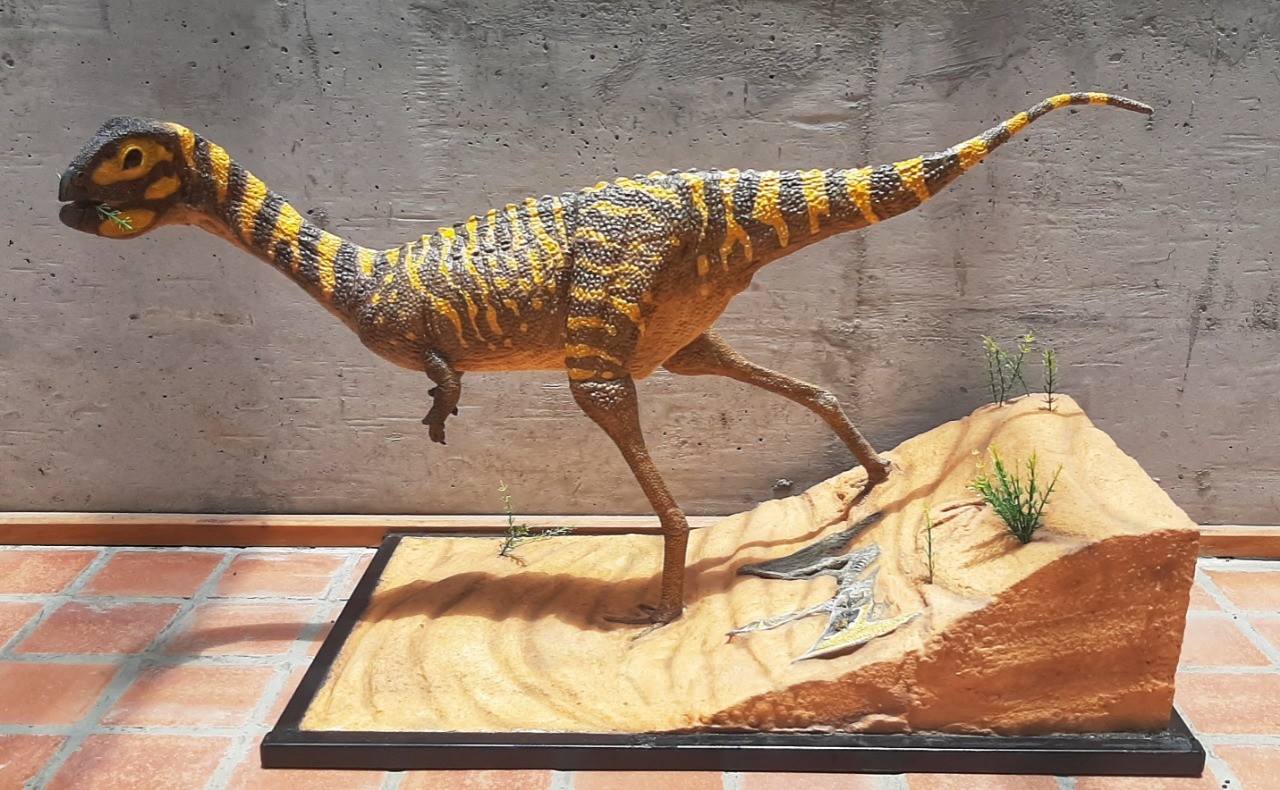 |
| Photo: Play Crazy Game |
In November a Brazilian research team unveiled a remarkable toothless dinosaur in the journal Scientific Reports. The fossil creature, called Berthasaura leopoldinae, is the most complete fossil of its kind and age ever found in Brazil. It is named for two influential Brazilian women: Bertha Maria Júlia Lutz, a zoologist and pioneering women’s rights advocate, and Brazil’s first empress, Maria Leopoldina, who played a pivotal role in securing the country’s independence.
Berthasaura was found in rocks between 125 million and 100 million years old. At about 1.5 feet long, the animal would have been fairly small and agile. Its beak was seemingly built for nibbling plants and possibly small prey. Other theropod groups had beaks like modern birds, including the toothless “ostrich mimic” ornithomimids, but Berthasaura belongs to the ceratosaurs—a group of normally toothed, meat-eating dinosaurs.
Between 2011 and 2015, paleontologists working at the Cemitério dos Pterossauros site near Cruzeiro do Oeste discovered the skeletons of the pterosaurs Caiuajara and Keresdrakon as well as remains of small theropods. One of these was in 2019 named and described as Vespersaurus but a second species proved to be present.
In 2021, the type species Berthasaura leopoldinae was named and described by Geovane Alves de Souza, Marina Bento Soares, Luiz Carlos Weinschütz, Everton Wilner, Ricardo Tadeu Lopes, Olga Maria Oliveira de Araújo and Alexander Wilhelm Armin Kellner. The generic name Berthasaura refers to the scientist and women's rights activist Bertha Maria Júlia Lutz, while the specific name honors Maria Leopoldina, the first Empress of Brazil; the bicentennial of Brazil's independence would be in 2022, close to when the dinosaur was described. Indirectly this also refers to the Imperatriz Leopoldinense samba school; for the 2018 carnival, they developed the theme of Uma noite real no Museu Nacional (Portuguese: A real night in the National Museum); in September of that year a catastrophic fire would destroy much of its collection.
8. Two huge dinosaurs found in China’s pterosaur gold mine
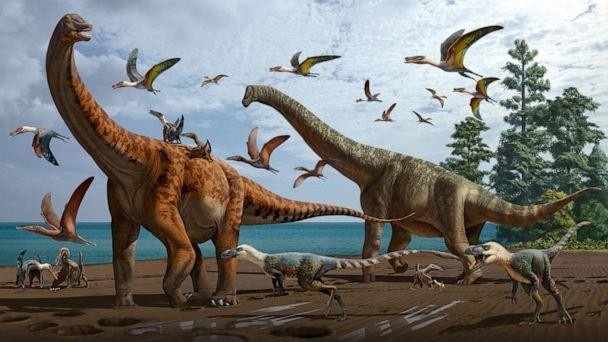 |
| Photo: Yahoo News Canada |
In recent years, a number of fossils were unearthed from China’s Turpan-Hami Basin in Xinjiang and were comprised of flying pterosaurs, preserved eggs, embryos and fossil fragments of spinal vertebrae and rib cages.
Three of the fossils — dating to about 120 million to 130 million years old, from the early Cretaceous period — were initially a mystery to scientists. However, researchers from the Chinese Academy of Sciences and the National Museum of Brazil were able to determine that two of those belonged to previously unknown species: Silutitan sinensis and Hamititan xinjiangensis.
Both names mention the Greek word “titan” in reference to their giant size, and the dinosaurs are part of the sauropod family, the largest animals to ever walk the earth and known for being herbivorous and having long necks and tails.
The Silutitan species is estimated to be over 20 meters (65.6 feet) long. It takes its name from the Silk Road — or “silu” in Mandarin. The dinosaur’s neck vertebrae led researchers to believe that it belonged to a family of sauropods called Euhelopodidae, which have only been found in East Asia.
The Hamititan specimen was 17 meters (55.77 feet) long, with a name related to where the species was discovered — Xinjiang. The species had similar characteristics to the sauropods of South America, according to researchers, which begged the unanswered question: How did dinosaurs from South America end up in China?
The dinosaurs are thus almost as large as blue whales, which are about 23 to 30 meters (75 to 98 feet) long.
The third specimen, which was not a new species, may have been from a somphospondylan sauropod, which lived from the late Jurassic to the late Cretaceous period.
“Besides the pterosaur Hamipterus and one theropod tooth, these dinosaurs are the first vertebrates reported in this region, increasing the diversity of the fauna as well as the information on Chinese sauropods,” the researchers wrote in the study.
 | Message In A Bottle Found in Hawaii Beach After 37 Years, and Interesting Stories Of Messaged Bottles When we were young, we used to think about putting a small note or letter in a bottle then toss it into the sea, and ... |
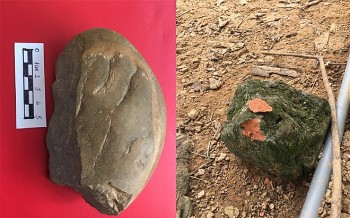 | New Prehistoric Archaeological Site Discovered in Yen Bai Experts from the museum of northern Yen Bai province have found a cultural relic site belonging to the Late Stone Age (pre-Hoa Binh Culture period) ... |
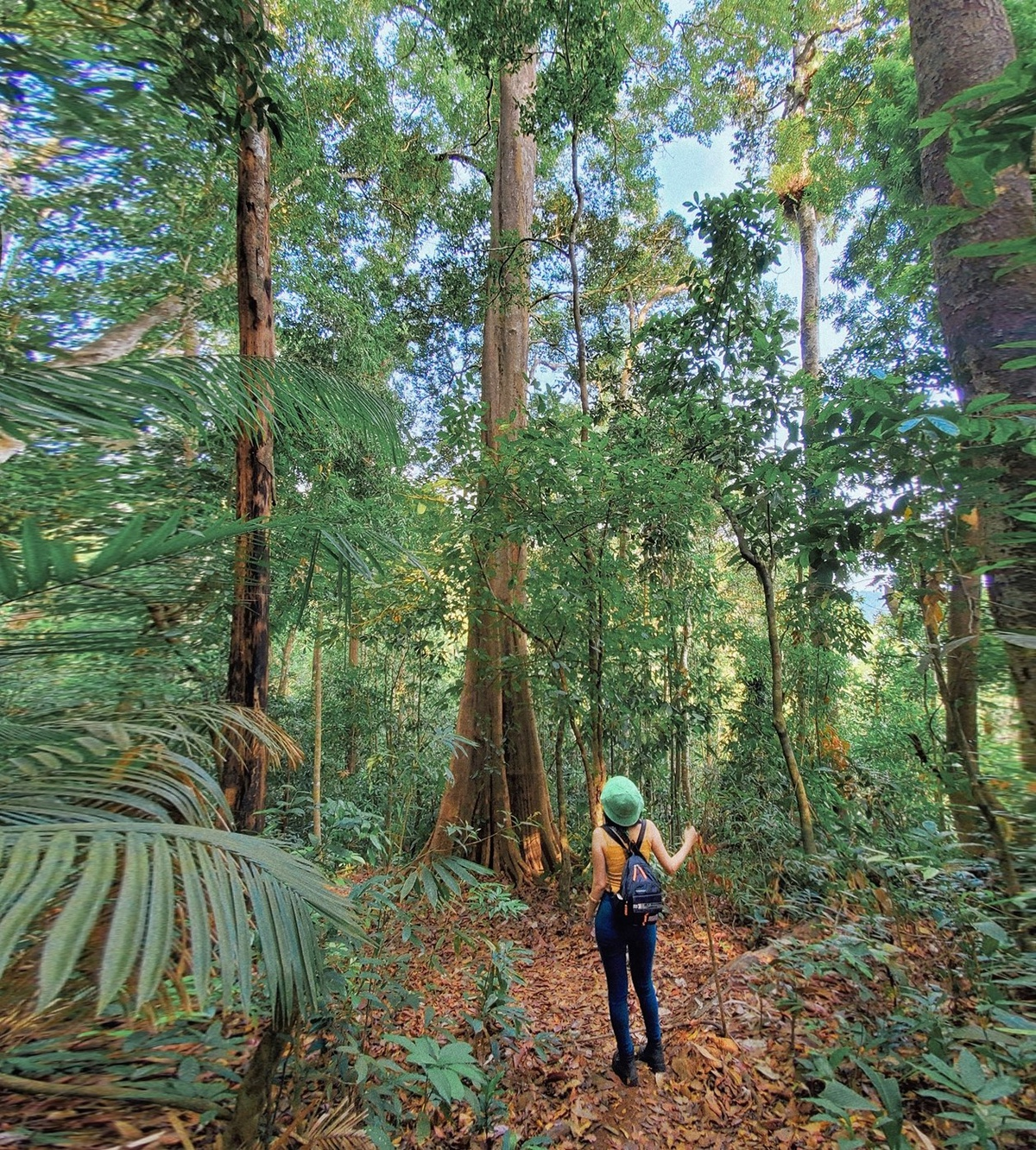 | Discover the surreal beauty of Bu Gia Map forest In the last days of the week when I can finally leave the crowded city, my favorite destination for relaxation is Bu Gia Map National ... |
Recommended
 World
World
India-EU trade agreement expected to be promoted in the future
 World
World
German Chancellor Merz begins his first state visit to India
 World
World
Vietnamese Lunar New Year Food Fair 2026 Showcases Cultural Identity in Malaysia
 World
World
India named President of BRICS+ for the 2026 term
Popular article
 World
World
India strengthens defense and security ties with Central Asia
 World
World
India–Brazil–South Africa (IBSA) Dialogue Forum: An Assessment – Analysis
 World
World
India’s package for exporters signals confidence in Southeast Asia markets
 World
World







